Andrea Sella shares his favourite experiences from delving into the history of lab equipment
Classic Kit, the series that reveals how your favourite pieces of chemistry-related equipment were developed, has reached its 200th edition. To celebrate this milestone, Andrea Sella recounts how he uncovered some of his most memorable stories.
Kirchhoff’s spectroscope
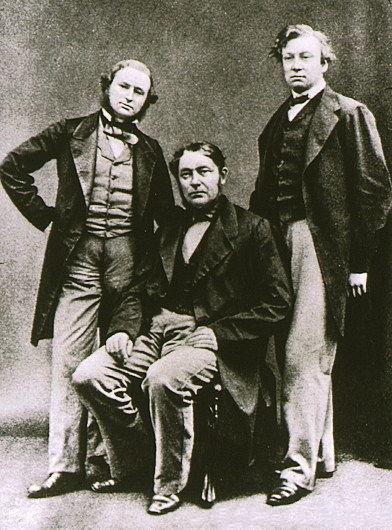
The story of Gustav Kirchoff was the product of guilt and regret. ‘Bunsen’s Burner’ had been the second in the series back in 2007 and as time went by, I had a growing sense of how badly I had misjudged my focus on Robert Bunsen, whose contribution I had seriously underplayed. The Kirchoff/Bunsen collaboration represents not only the arrival of spectroscopy, but also the first inkling that the universe was made of same stuff as down here. So Carl Sagan’s adage, ‘we are all stardust’ is one of the greatest homages to these two science bro’s.
Tsvett’s column

This particular column was a long time coming. I had first come across Mikhail Tsvett’s name while writing a lab report as an undergraduate; the fact that he had been born in Asti – the legendary wine and truffle town south of where my grandfather was born – but was Russian (I was also trying to learn Russian at the time) probably helped make his name stick. But as I read his papers and those of his contemporaries, and those who started to use his tool brought home to me chemistry’s mycelium-like spread across the fertile soil of science. Given that Tsvett saw himself as a botanist, it delights me to think that he helped kickstart this interdisciplinary cross-nourishment which has transformed all of what physicists call condensed matter science.
Kober’s kugelrohr

The Holocaust was very real when I was growing up. Among my mother’s friends, just 20 years after the end of the second world war, were Dr Winternitz, Mrs Rosenthal, Imre and Fritzi Nagy – all of them had escaped Nazi Germany with help from my grandmother. When I stumbled across Salomon Kober’s name in a footnote, after several years of wondering about the Kugelrohr method, the trail soon led me to two terrifying places I had heard about as a child – Theresienstadt and Auschwitz. And what makes this story all the more painful is to watch that same ‘othering’ that makes such horrors possible being used, even celebrated, among politicians, in the media, and by baying crowds. Can we ever learn?
The Kuderna–Danish concentrator
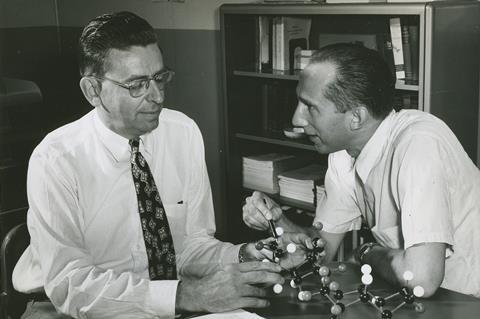
The story of this piece of glassware, that I’d never used, was a slow burner. It started with a tip-off, but all I had was a single reference and not much else. It was only when I began to understand who the pair had worked for, that the real story emerged, a wild story about chemical ambition and creativity, personal insecurity, greed, and family feuds that, given time, could still yield more detail and complexity. And the whole story has a long-term sting in the tail: the trail of horrendously long-lived pesticide residues that remain to be cleaned up, and the question of what chemistries are we inventing now that will have similar legacies?
The story of Quickfit

Quickfit had long been an obvious topic and yet no one seemed to have written about it. Try as I might, I just could not get purchase on the story, perhaps because of my own inexperience, but also because I looked in the wrong places. It was only when I began to ask where the codes engraved on joints and adapters – 19/26, 24/29 and so on – that the story began to unfold, from Leslie Scorah’s British patent, back to Fritz Friedrichs’ attempt to rationalise a chaotic industry devoid of standards. Like a triffid the story grew and grew, gradually expanding into three over-sized columns which Chemistry World indulged me by printing.
Harmoinen’s inverter drives
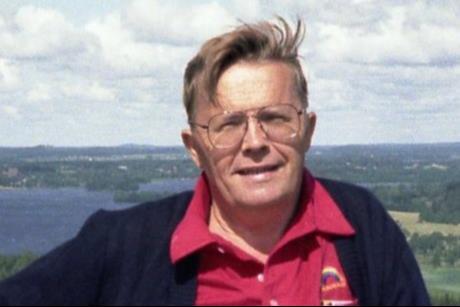
The story of the inverter or variable speed drive is a rant and a cri-de-coeur. It tries to capture some my real disquiet about the direction in which our world is going, a world that has chemistry at its heart. The hours spent poring over the invisible cradle that makes research work possible led to this column. Trying to get my head around how an inverter actually works took a lot of cups of tea and discussions with several enthusiasts. And the writing of the explanation, as concisely as I could but without leaving too many hostages to fortune, required manic hyperfocus. I hope that others will take on the same challenge to cut our emissions. My real fear is Jevons’ Law: efficiency gains will create increased consumption.

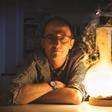
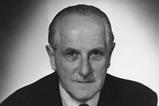

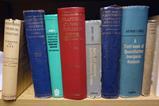



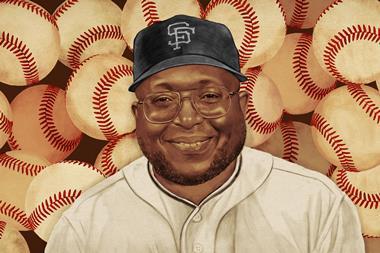




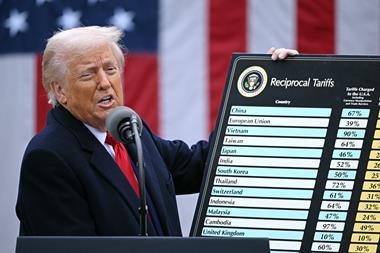
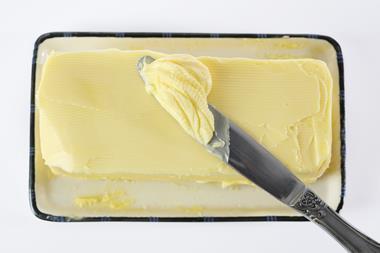
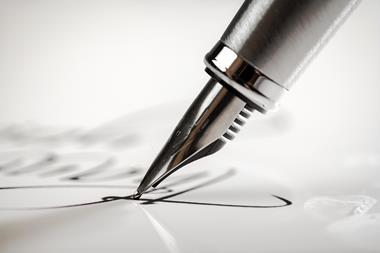

No comments yet